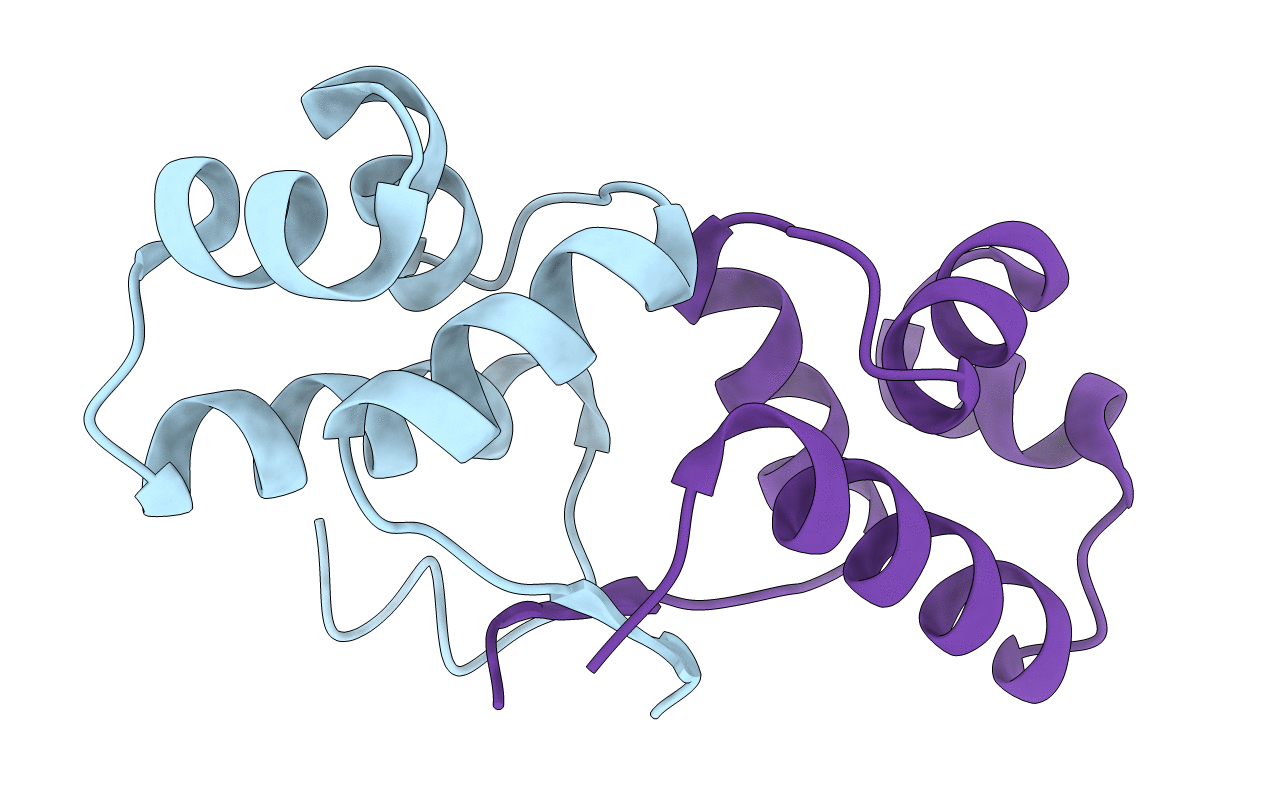
Deposition Date
2014-03-12
Release Date
2014-08-06
Last Version Date
2023-09-20
Entry Detail
PDB ID:
4PU7
Keywords:
Title:
Shewanella oneidensis Toxin Antitoxin System Antitoxin Protein HipB Resolution 1.85
Biological Source:
Source Organism:
Shewanella oneidensis (Taxon ID: 211586)
Host Organism:
Method Details:
Experimental Method:
Resolution:
1.85 Å
R-Value Free:
0.21
R-Value Work:
0.18
R-Value Observed:
0.18
Space Group:
C 2 2 21


